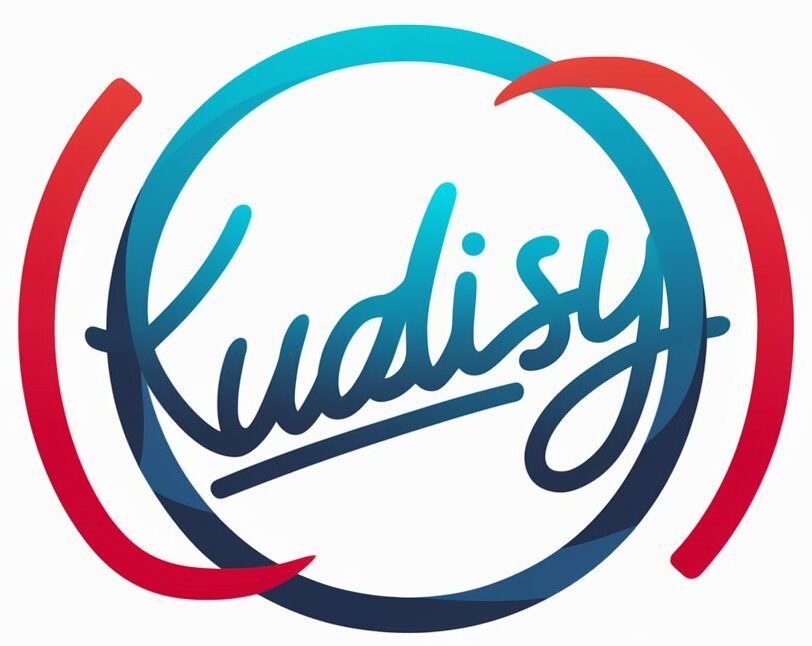As tradition gives way to personalisation, more couples are opting for bespoke designs that mirror their individual styles and stories. Unconventional stones such as sapphires, emeralds, and even black diamonds are disrupting the once classic diamond-centric market. This is coupled with the rise of unique cuts such as oval, pear-shaped, and cushion-cut stones gaining popularity, as they offer modern, yet timeless elegance.
Ethical Sourcing and Sustainability:
Growing awareness around ethical sourcing has inevitably penetrated the jewellery industry. Consumers are increasingly mindful of the origin of their gemstones, prioritizing ethically mined and sustainably sourced materials. Lab-grown diamonds, which offer both an eco-friendly and economically viable alternative to traditionally mined diamonds, have carved out their own niche in the market. Additionally, the ‘second-hand’ ring market has experienced a surge, with vintage and heirloom rings finding new life.
Read more on llanelliherald.com
Customization and Tech Integration:
Technology plays a pivotal role in elevating the ring shopping experience. Computer-aided design (CAD) software allows jewellers to provide 3D representations, thus enabling couples to view their ring from every angle and make changes before committing. Also, innovations such as online ring try-ons and AI-based style recommenders have emerged, blurring the boundary between online and offline experiences.
Celebrity Influence and Social Media:
Celebrities significantly influence engagement ring trends, with stars like Meghan Markle and Hailey Baldwin encouraging the return of traditional cuts like the cushion and oval. Additionally, the prominence of social media platforms like Instagram and Pinterest has transformed how couples find inspiration, introducing them to a plethora of designs from across the globe and feeding into the demand for unique, personalized pieces.
Economic Factors:
The economic backdrop also contributes to the evolving engagement ring landscape. Rising diamond prices coupled with the economic uncertainty of recent years have led some couples to seek out more affordable alternatives, like gemstones or smaller carat diamonds. However, luxury end consumers continue to invest in exclusive, high-quality diamonds, maintaining a steady market demand.
Conclusion:
The engagement ring scene is in the midst of a thrilling evolution, marked by a shift from uniformity to uniqueness. Underlying all these developments is a larger cultural shift in the institution of marriage itself: a move towards more personal, individualistic celebrations of love. However, despite different manifestations, the engagement ring retains its primary function, serving as a symbol of commitment and love. As designers cater to the changing demands of consumers, one can expect the engagement ring industry to continue to innovate, adapt and surprise.
In the future, various factors such as sustained consumer interest in sustainable and ethically sourced gemstones, increasing embrace of technological interventions, and evolving design preferences are expected to shape the industry further. Therefore, it is essential that existing market players and potential entrants adapt to these changing realities to thrive in this dynamic space.
